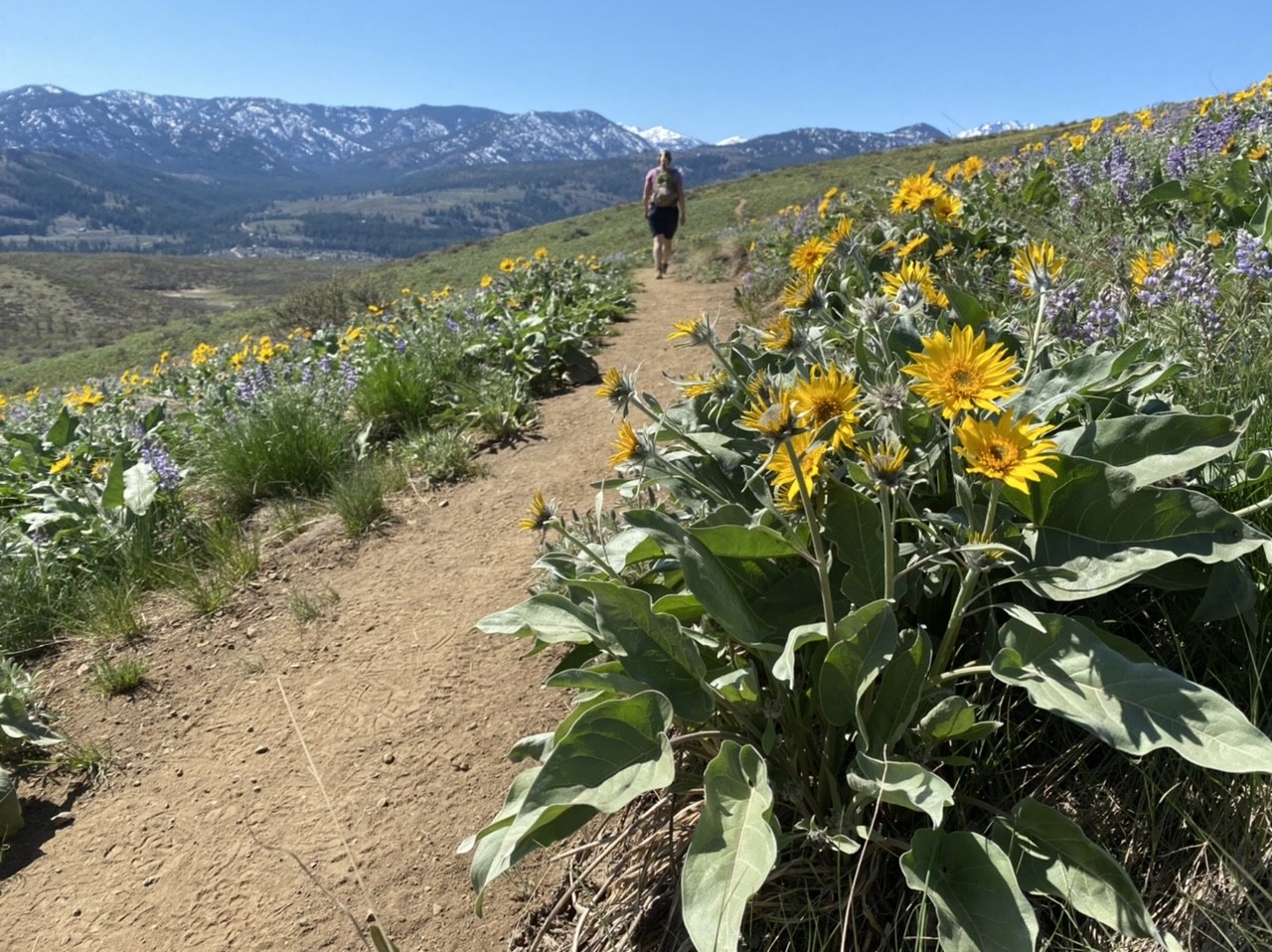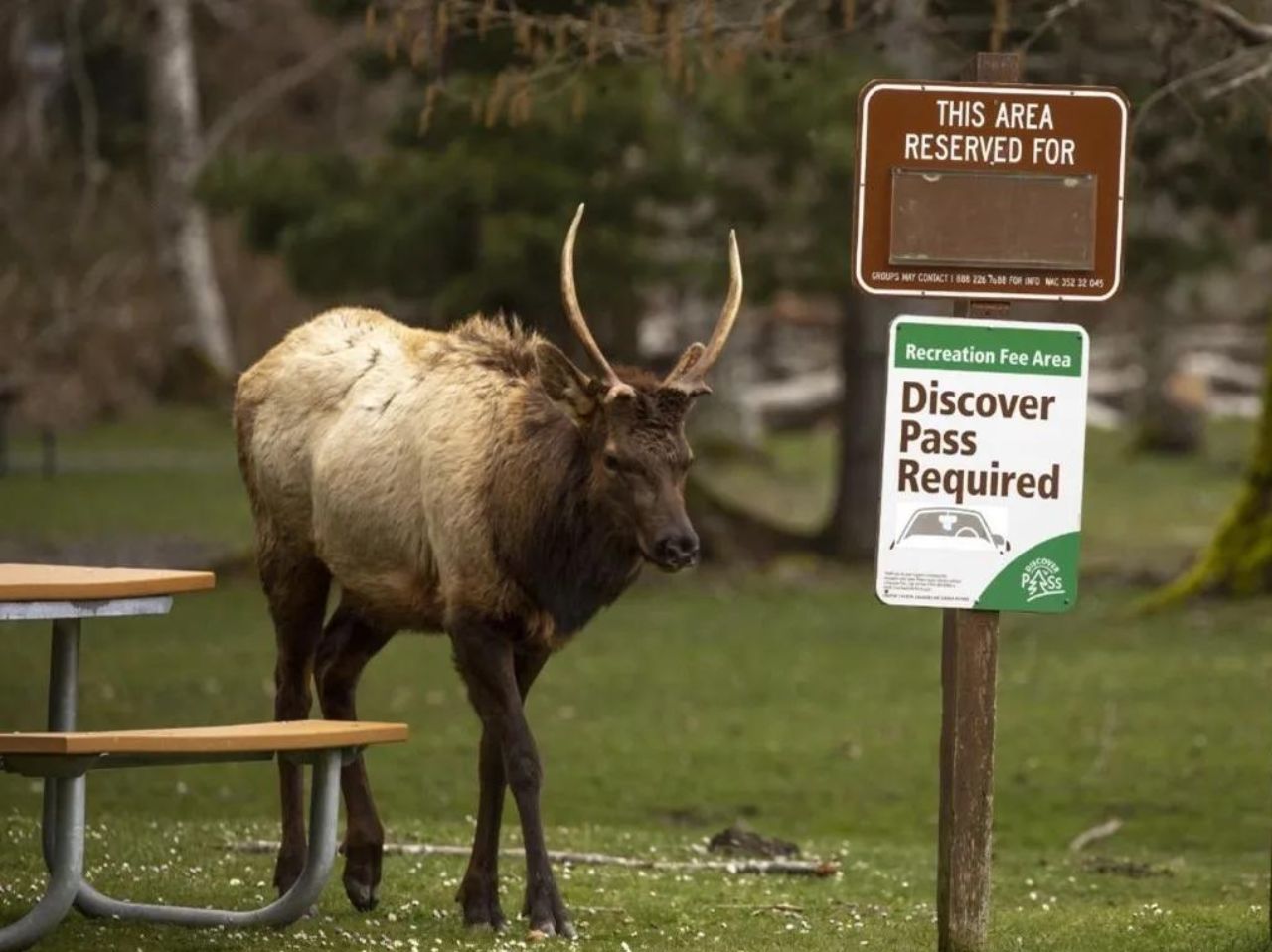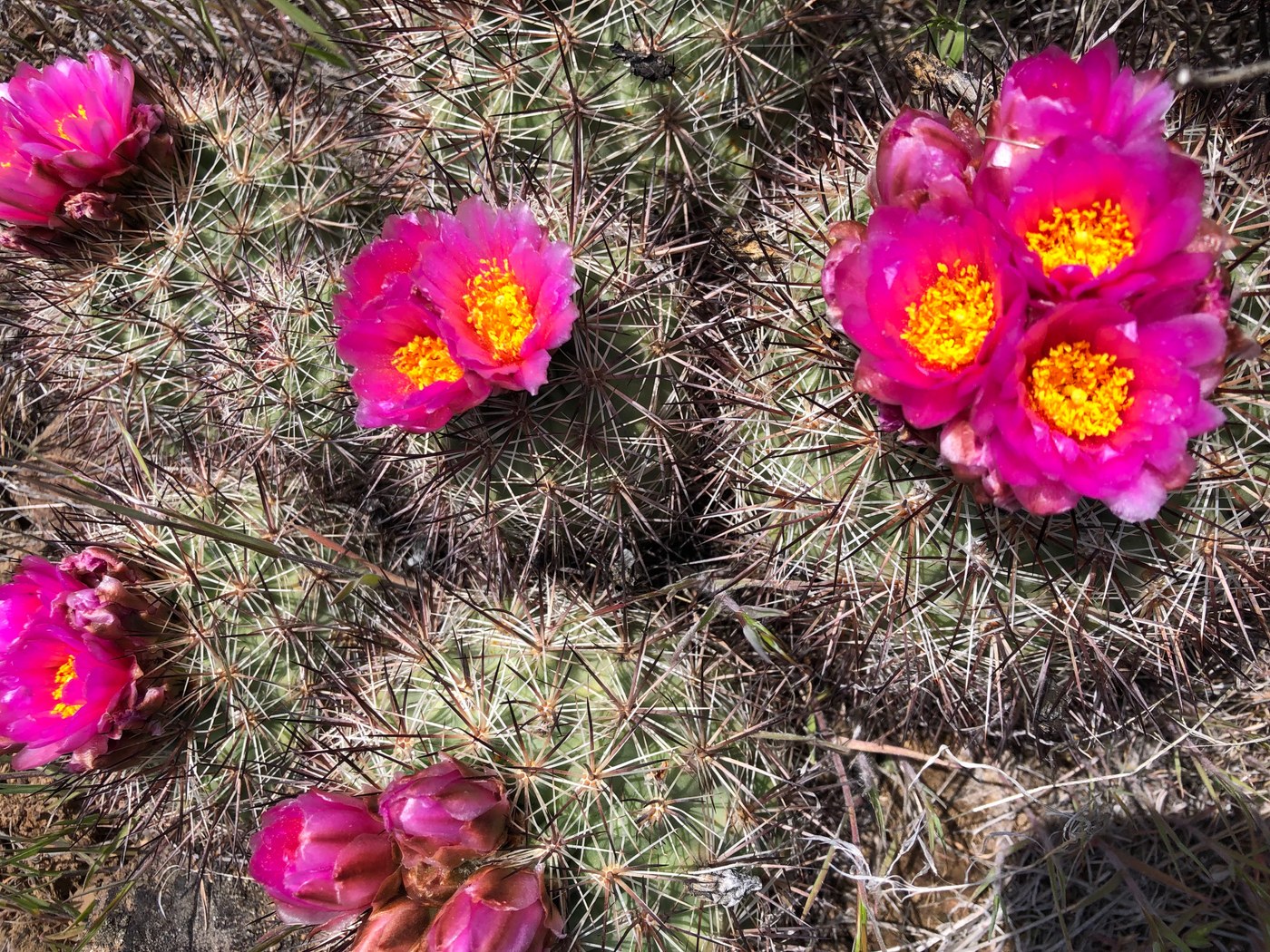 Washington Trails
Association
Washington Trails
Association
Trails for everyone, forever
The Washington Department of Fish and Wildlife (WDFW) manages more than 1 million acres of lands that offer amazing outdoor opportunities, particularly for hiking to view spring wildflowers, summer birds, fall colors and wintering deer and elk. Here is some information to help hikers know how to enjoy these lands while keeping themselves, others and wildlife safe.
The Washington Department of Fish and Wildlife (WDFW) manages more than 1 million acres of “some of the most beautiful places in the state,” according to Joel Sisolak, WDFW’s lands planning and recreation manager.
Wildlife drives a lot of recreation in Washington. According to a national survey by the U.S. Fish and Wildlife Service, 290,000 people went hunting, 1.2 million people went fishing and 6.2 million people watched wildlife in Washington in 2022. Part of WDFW's job is stewarding lands designated for these kinds of recreation activities. WDFW cares for ecosystems so fish and wildlife can thrive, and to provide opportunities for outdoor recreation activities to connect people with these ecosystems.
 WDFW lands provide year-round recreation opportunities. Photo of Methow Wildlife Area by trip reporter austineats.
WDFW lands provide year-round recreation opportunities. Photo of Methow Wildlife Area by trip reporter austineats.
WDFW lands offer amazing outdoor opportunities, particularly for hiking to view spring wildflowers, summer birds, fall colors and wintering deer and elk.
Here is some information to help hikers know how to enjoy these lands while keeping themselves, others and wildlife safe.
The Discover Pass is required for all Department of Fish and Wildlife lands, including water access areas, wildlife areas and campgrounds. Find a shop near you that sells them, order one online or you can borrow Discover Passes through your local library.
A vehicle access pass also allows access to WDFW lands and is issued with the purchase of any annual hunting or fishing license. Unlike the Discover Pass, the vehicle access pass does not provide access to Washington State Parks or Department of Natural Resources lands.
Dogs are generally allowed on WDFW lands, though there may be posted signs with restrictions at certain locations. All dogs and other pets must be leashed from April through July to protect wildlife and sensitive habitat.
Camping is allowed on WDFW lands unless otherwise posted. Many WDFW-managed lands have trailhead signage specifying if camping is allowed. Visitors to WDFW lands are encouraged to recreate responsibly and follow Leave No Trace principles to minimize impacts on habitat and wildlife.
Check out WDFW’s species information tips on living with wildlife and WTA’s tips on ethical wildlife photography.
 Juvenile Roosevelt elk at Duckabush Wildlife Area. Photo courtesy of Washington Department of Fish and Wildlife.
Juvenile Roosevelt elk at Duckabush Wildlife Area. Photo courtesy of Washington Department of Fish and Wildlife.
Hunting is allowed on most WDFW lands with a license. Whether visiting WDFW lands to hunt, view wildlife, or hike, we all care about Washington’s ecosystems. We want to respect those who are recreating outdoors in different ways and safely share the landscape. This includes being aware of hunting seasons and following rules and seasonal closures for specific areas.
Hunting seasons in Washington take place in the fall, winter and spring, with the widest variety of hunting opportunities taking place in the fall. Hunting seasons for different species vary annually and by location across the state. For the latest hunting season information, visit WDFW’s website or pick up a copy of the latest regulations pamphlets at WDFW offices or local retail vendors.
Washington uses Game Management Units (GMUs) to delineate locations for different hunting seasons for most species. See a map of all GMUs in the state, and visit the links above to check if seasons are open in the area you hope to visit. WDFW’s Weekender report also includes information about open seasons in months when hunting is open.
Some areas have restricted access hours, hunter orange requirements or other posted rules for visitors’ safety. Find these rules in the annual hunting regulation pamphlets, or contact WDFW with questions (360-902-2515, wildthing@dfw.wa.gov).
Many WDFW lands are fabulous for wildflower viewing, from April through June. Check WTA’s trip reports to see what’s blooming. Some suggestions on places to visit:
 Blooming cactus at Whiskey Dick Wildlife Area. Photo by trip reporter FKW1.
Blooming cactus at Whiskey Dick Wildlife Area. Photo by trip reporter FKW1.
Visit these areas to spot a variety of songbirds, waterfowl, raptors and other birds:
Elk are most active during early morning and late evening. Note that some portions of wildlife areas may have closures during winter months to protect critical winter habitat for these animals. Try visiting: